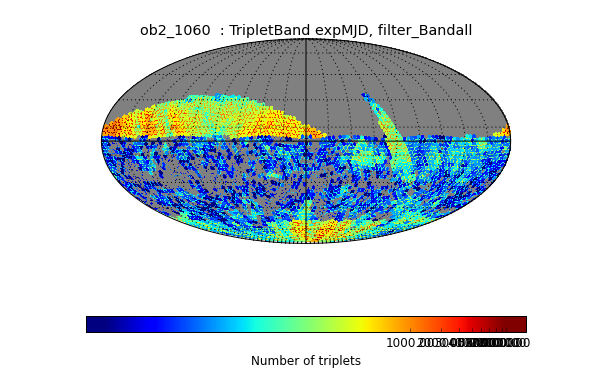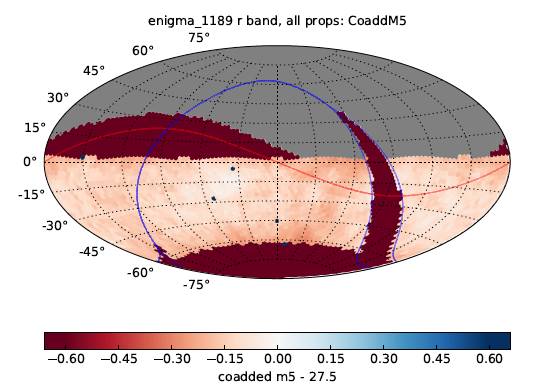
The uniformity measurement of the visits within time interval dTmin to dTmax.Ĭlass .cadenceMetrics. Uses a the same ‘uniformity’ calculation as the UniformityMetric, based on the KS-test.Ī value of 0 is perfectly uniform a value of 1 is purely non-uniform. Default 30 minutes.Ĭalculate the uniformity of visits within dTmin to dTmax. dTmax ( float, optional) – The maximum dTime to consider (in days).dTmin ( float, optional) – The minimum dTime to consider (in days).minNvisits ( int, optional) – The minimum number of visits required within the time interval (dTmin to dTmax).mjdCol ( str, optional) – The column containing the ‘time’ value.RapidRevisitUniformityMetric ( mjdCol='observationStartMJD', minNvisits=100, dTmin=0.0004629629629629629, dTmax=0.020833333333333332, metricName='RapidRevisitUniformity', **kwargs ) ¶Ĭalculate uniformity of time between consecutive visits on short timescales (for RAV1). Perfectly uniform observations = 0, perfectly non-uniform = 1. This is based on how a KS-test works: look at the cumulative distribution of observation dates,Īnd compare to a perfectly uniform cumulative distribution. SurveyLength ( float, optional) – The overall duration of the survey.

UniformityMetric ( mjdCol='observationStartMJD', units='', surveyLength=10.0, **kwargs ) ¶Ĭalculate how uniformly the observations are spaced in time.Ī value of zero means the observations are perfectly uniform. The fraction of images with a ‘good’ previous template image.Ĭlass .cadenceMetrics. slicePoint ( dict, optional) – Dictionary containing information about the slicepoint currently active in the slicer.dataSlice ( numpy.array) – Numpy structured array containing the data related to the visits provided by the slicer.“Calculate the fraction of images with a previous template image of desired quality. TemplateExistsMetric ( seeingCol='seeingFwhmGeom', observationStartMJDCol='observationStartMJD', metricName='TemplateExistsMetric', **kwargs ) ¶īases: .baseMetric.BaseMetricĬalculate the fraction of images with a previous template image of desired quality. cadenceMetrics module ¶ class .cadenceMetrics. the ra/dec of the healpix pixel or opsim fieldId. slicePoint ( Dict) – Dictionary of slicePoint metadata passed to each metric.Į.g.dataSlice ( numpy.NDarray) – Values passed to metric by the slicer, which the metric will use to calculate.badval ( float) – The value indicating “bad” values calculated by the metric.ĬolInfo ¶ colRegistry ¶ registry ¶ run ( dataSlice, slicePoint=None ) ¶.If not set, will be derived by introspection. metricDtype ( str) – The type of value returned by the metric - ‘int’, ‘float’, ‘object’.units ( str) – The units for the value returned by the metric (optional - if not set,.maps ( list of objects) – The maps that the metric will need (passed from the slicer).metricName ( str) – Name to use for the metric (optional - if not set, will be derived).

The columns required for each metric is tracked in the ColRegistry, and used to retrieve dataįrom the opsim database.

Record the columns (and stackers) it requires into the column registry, and the metricName, Sets up some basic functionality for the MAF framework: after _init_ every metric will BaseMetric ( col=None, metricName=None, maps=None, units=None, metricDtype=None, badval=-666 ) ¶ getClass ( metricname ) ¶ help ( doc=False ) ¶ help_metric ( metricname ) ¶ class .baseMetric. Meta class for metrics, to build a registry of metric classes.


 0 kommentar(er)
0 kommentar(er)
